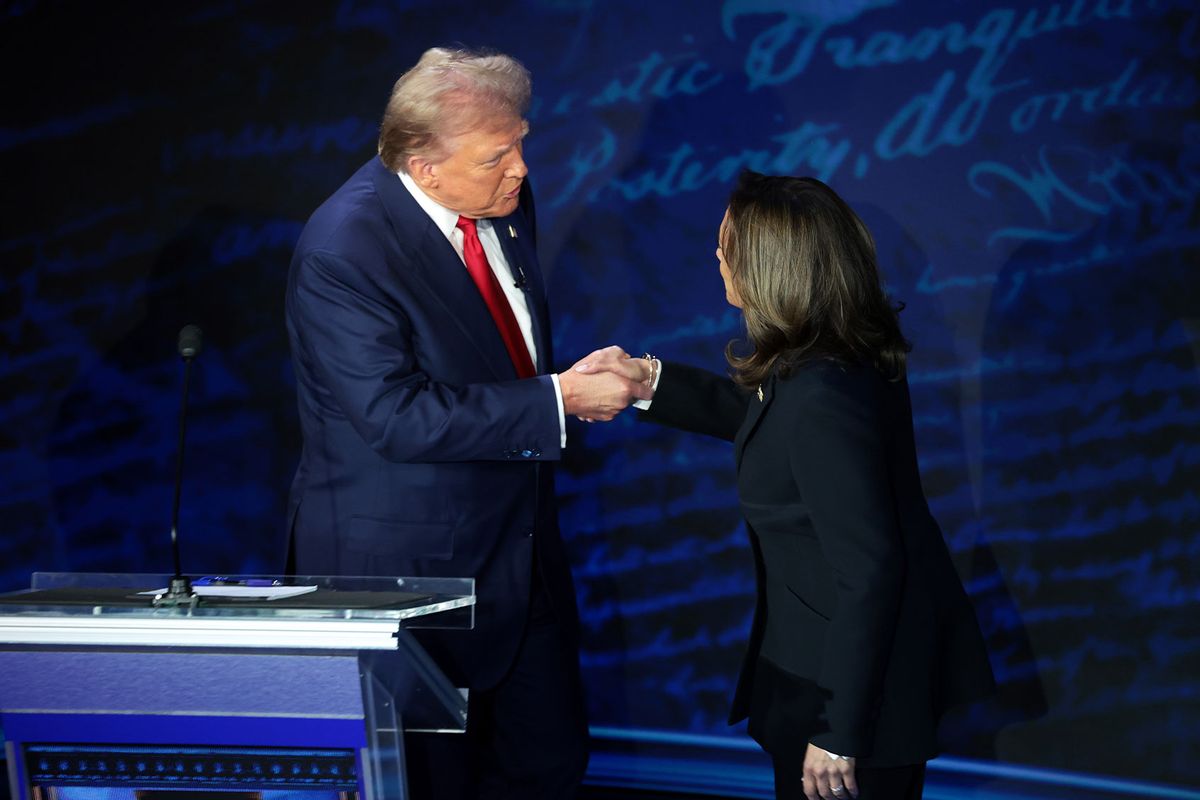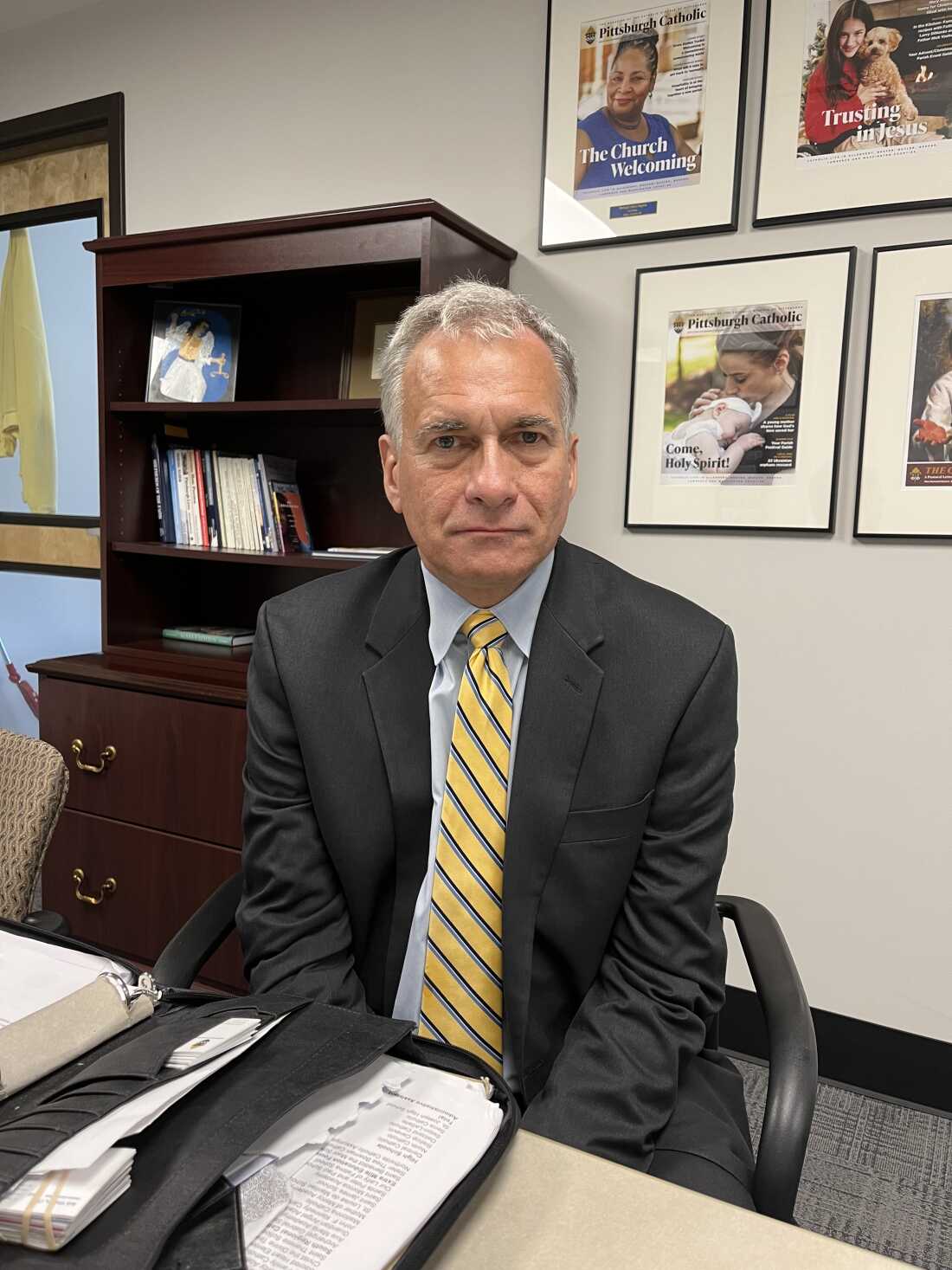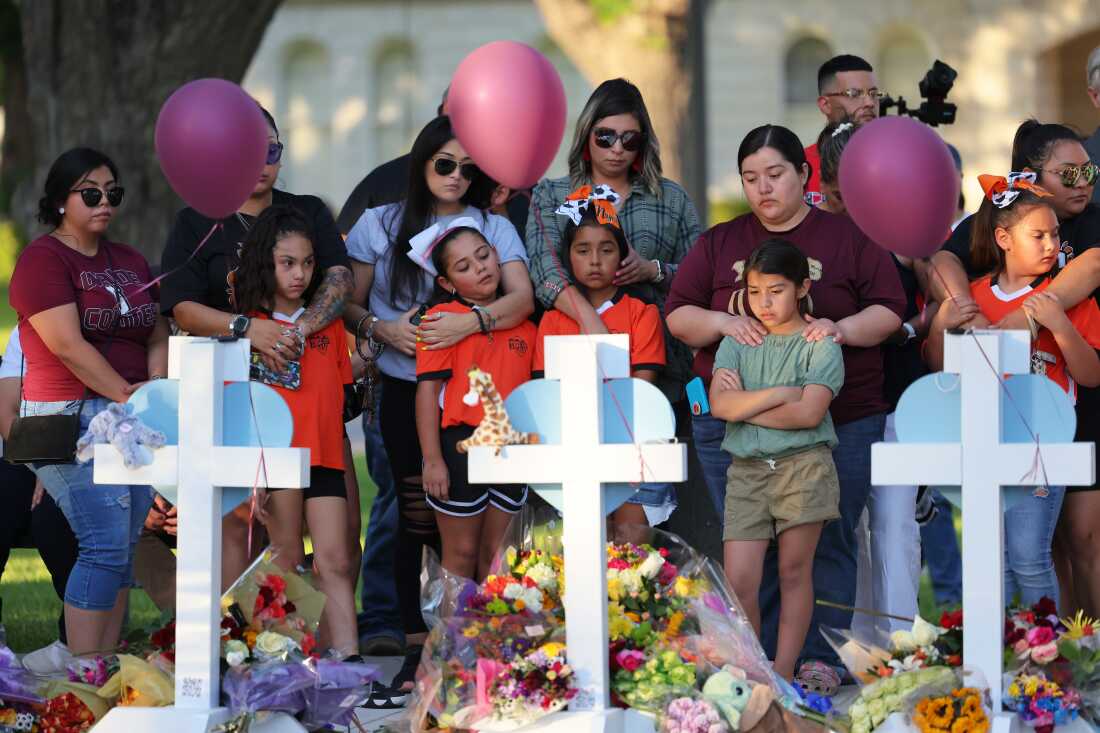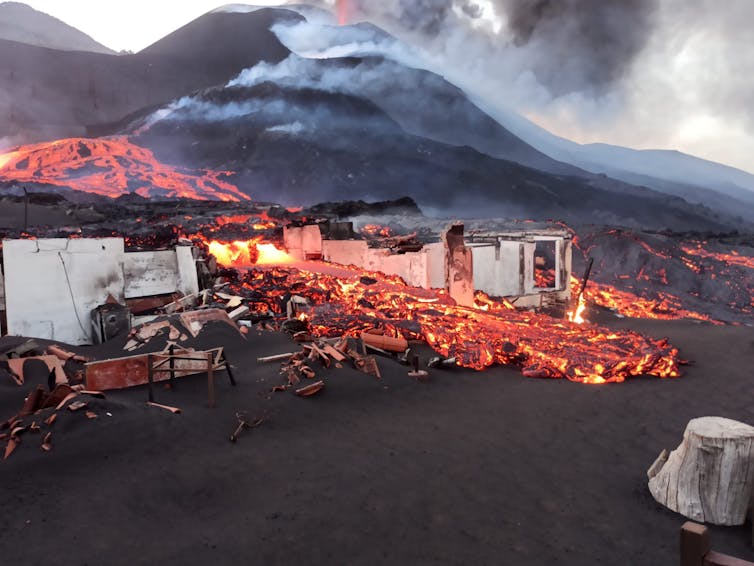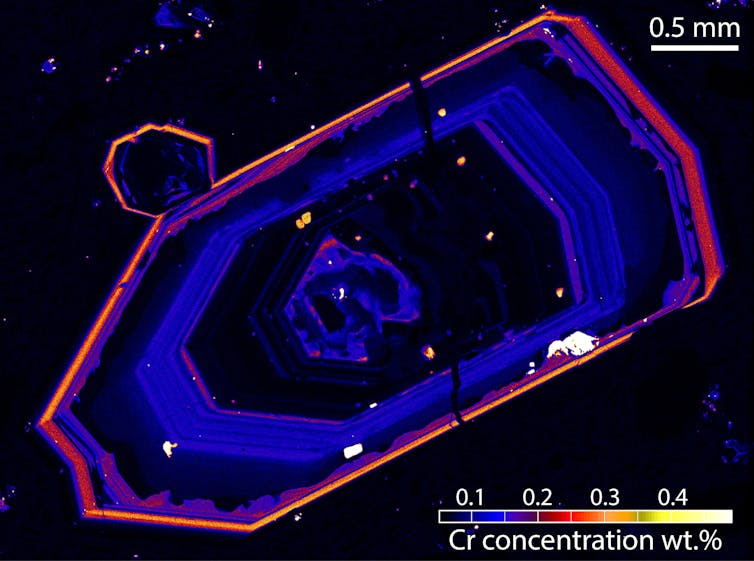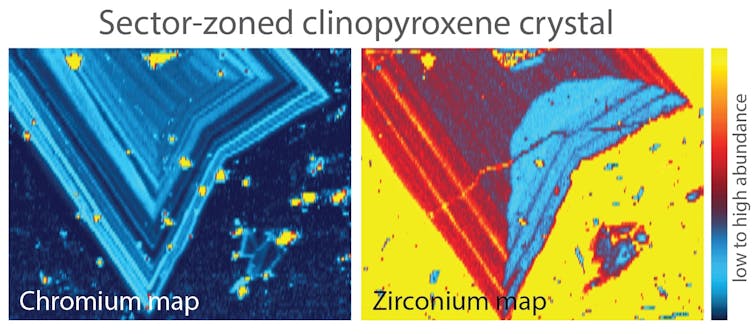Canada Is Ending Jewish National Fund’s Charitable Status
Reprinted from Jacobin with the author’s permission.
The recent revocation of the Jewish National Fund’s (JNF) charitable status may be the most important Palestine solidarity victory in Canadian history. The grassroots win is a boost to the global Stop the JNF campaign and efforts to disrupt Canadian charity assistance to Israel.
On August 10, the federal government officially revoked the charitable status of an organization that’s has hosted events attended by many prime ministers, ministers, and senators. Just days before the revocation, former prime minister Stephen Harper headlined JNF fundraisers in Windsor and London, Ontario. The organization’s galas, held across the country, draw thousands of well-healed and connected individuals each year. Since 2003, JNF Canada has partnered with provincial governments and raised over a quarter billion CAD.
After fifty-seven years of making all Canadians subsidize its controversial activities, including support for West Bank colonies and the Israeli military, the Canada Revenue Agency (CRA) has finally revoked the JNF’s ability to issue tax receipts to its donors, which often cover half (or more) of all donations received. The organization now has one year to wind up its charitable operations and dispose of its $30 million in assets.
The revocation is the culmination of decades of demonstrations at JNF galas, countless email campaigns, extensive educational efforts, and formal complaints to the CRA about the JNF. The campaign began in earnest in 1978 when Ismail Zayid discovered that Canada Park was built on the village from which he and his family were expelled. JNF Canada raised $15 million (equivalent to $120 million today) to build Canada Park on three West Bank villages — Beit Nuba, Imwas, and Yalu — that were demolished by Israel after the 1967 war. Despite repeated attempts to return home, the five thousand expelled Palestinians were not allowed back. A 1986 UN Special Committee reported to the secretary-general:
[We] consider it a matter of deep concern that these villagers have persistently been denied the right to return to their land on which Canada Park has been built by the JNF Canada and where the Israeli authorities are reportedly planning to plant a forest instead of allowing the reconstruction of the destroyed villages.
JNF Canada, which subsequently raised millions of dollars to refurbish the park, replaced most traces of Palestinian history with signs devoted to Canadian donors such as the Metropolitan Toronto Police Service, City of Ottawa, and former Ontario premier Bill Davis. The Diefenbaker Parkway, dedicated to former prime minister John Diefenbaker, opened in 1975, bisecting Canada Park.
The CRA cites Canada Park, which it labels the “organization’s flagship project,” as a key reason for revoking the JNF’s charitable status. The revocation letter also mentions seven other ventures that the charity funded on land deemed illegally occupied by the Canadian government. Additionally, the CRA details nine JNF Canada initiatives that support a foreign military, which violates the rules for registered charities.
Funding Settlements, One Eviction at a Time
Established in 1910, JNF Canada played a role in an important pre-state land conflict. In the late 1920s, JNF Canada helped raise $1 million (equivalent to $17 million today) to acquire the Wadi al-Hawarith area, a thirty thousand dunam (roughly seventy-five hundred acres) stretch of coastal territory located halfway between Haifa and Tel Aviv. This land was home to a Bedouin community of more than one thousand people. Without consulting the Palestinians living on the land, JNF acquired legal title to Wadi al-Hawarith from an absentee landlord in France.
For four years, the tenants of Wadi al-Hawarith resisted British attempts to evict them. Historian Walid Khalidi explains:
The insistence of the people of Wadi al-Hawarith to remain on their land came from their conviction that the land belonged to them by virtue of their having lived on it for 350 years. For them, ownership of the land was an abstraction that at most signified the landlords’ right to a share of the crop.
The conflict at Wadi al-Hawarith became a lightning rod for the growing Palestinian nationalist movement. In 1933, a general strike was organized in Nablus to support the tenants of Wadi al-Hawarith. Palestinians, especially those without title to their lands, resented the European influx into their homeland.
Founded in 1901 to acquire land in historic Palestine for exclusive Jewish settlement, JNF, along with the World Zionist Organization and Jewish Agency, is a key institution of Zionism. By the time of Israel’s creation, JNF had acquired nine hundred thousand dunams of Palestinian land and later “purchased” over two million additional dunams of absentee land from the state after over seven hundred thousand Palestinians were ethnically cleansed in 1947–48.
Today the JNF owns 13 percent of the country’s land and has significant influence over most of the rest. Due to its systematic exclusion of Palestinian citizens of Israel from leasing its property, a 1998 UN report concluded JNF lands are “chartered to benefit Jews exclusively,” which has led to an “institutionalized form of discrimination.” Similar conclusions were drawn by Israel’s high court in 2005 and a 2012 US State Department report noted “institutional and societal discrimination” in Israel due to JNF’s statutes, which “prohibit sale or lease of land to non-Jews.”
In the early 1980s, JNF Canada helped finance an Israeli government campaign to “Judaize” the Galilee, the largely Arab region in northern Israel. Khateeb Raja, mayor of Deir Hanna, a Palestinian-Israeli town in the Galilee, told the Globe and Mail in 1981 that “the government is building Jewish settlements on our land, surrounding us and turning our villages into ghettos.” A resident of the Galilee, Ishi Mimon, told the paper that he planned to move his family to the newly settled “Galil Canada” area because “the Galilee should have a Jewish majority.”
JNF Canada’s representative in Israel, Akiva Einis, described the political objective of Galil Canada: “The government decided to stop the wholesale plunder (by Israeli Arabs) of state lands [conquered in the 1947/48 war]… The settlements are all on mountain tops and look out over large areas of land. If an Arab squatter takes a plow onto land that is not his, the settlers lodge a complaint with the police.”
JNF Canada spent tens of millions of dollars, aiming to raise $35 million, on fourteen Jewish settlements in Galil Canada. In the contested valley of Lotem, a stone wall and monument was erected, reported the Globe, with “hundreds of small plaques etched with names and home towns of Canadians who have contributed money to the Galilee settlements.” Most of the donors to Galil Canada were Jewish, “but a Pentecostal congregation in Vancouver, the Glad Tidings Temple, has given $1 million.”
Tawfiz Daggash, Deir Hanna’s deputy mayor, denounced Canadian financial support for the settlements to the Globe. “I want to say to the people of Canada that every dollar they contribute [to JNF] is helping the Israeli government in its attempt to destroy the Arab people here.”
Global Revocations Loom
The CRA’s decision to revoke the JNF’s charitable status has already energized the global Stop the JNF campaign. The UK-based legal advocacy group, the International Centre for Justice for Palestinians, cited Canada’s decision in a recent letter urging the UK attorney general to revoke the charitable status of the UK branch of the JNF. With chapters in some fifty countries, the JNF raises around a quarter billion dollars a year in subsidized donations. Losing charitable status in these countries would significantly reduce the parent organization’s resources to further its discriminatory, colonial policies.
While the JNF revocation marks a victory for those opposing Canada’s role in Palestinian dispossession, hundreds of other registered charities raise over a quarter billion dollars annually projects in Israel, with many violating existing CRA rules.
On the same day that JNF’s loss of charitable status was made official, the Canada Gazette also announced the revocation of the Ne’eman Foundation’s charitable status. Raising $7.3 million in 2022, the Ne’eman Foundation assists West Bank colonies and the Israeli military.
Formal complaints have also been submitted to the CRA regarding a dozen other Israel-focused charities, including the Canadian Zionist Cultural Association, Jewish Heritage Foundation of Canada, Mizrachi Canada, and HESEG Foundation.
In recent months, there has been significant activism surrounding Israel-focused charities. In June, public figures such as Gabor Maté, Yann Martel, Linda McQuaig, Roger Waters, Monia Mazigh, Desmond Cole, Libby Davies, and others signed the “Stop Subsidizing Genocide” public letter. The letter points out that “200+ registered Canadian charities funnel a quarter billion dollars a year to projects in Israel. Many of these groups finance projects that support the Israeli military, racist organizations and West Bank settlements in contravention of Canada Revenue Agency rules.”
New Democratic Party revenue critic Niki Ashton has also challenged the government on this issue. She hosted a press conference at the parliamentary press gallery on June 13, calling “on the Liberal government to investigate Canadian charities that allegedly funneled taxpayer money in support of Israeli military operations and illegal settlements in Palestine.” Ashton has also sponsored a parliamentary petition on the subject and sent a letter to Revenue Minister Marie-Claude Bibeau, demanding an investigation into these charities’ funding. In a recent post on the matter, Ashton wrote, “Not one cent of Canadian tax-dollars should be funding genocide.”
On the International Day of Charity, September 5, Just Peace Advocates, Canadian Foreign Policy Institute, and others are organizing a day of action at CRA offices across the country, calling on the Canada Revenue Agency to stop subsidizing genocide.
Yves Engler’s latest book is Stand on Guard for Whom? — A People’s History of the Canadian Military.





